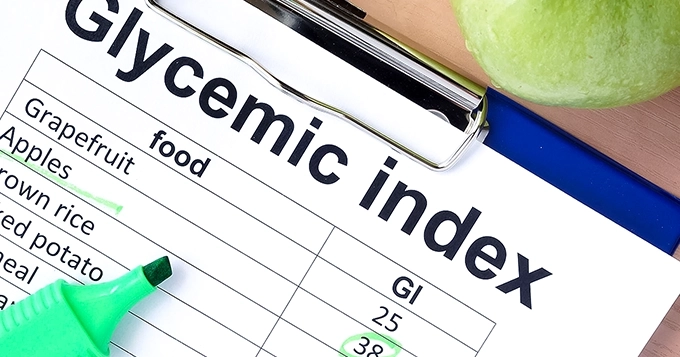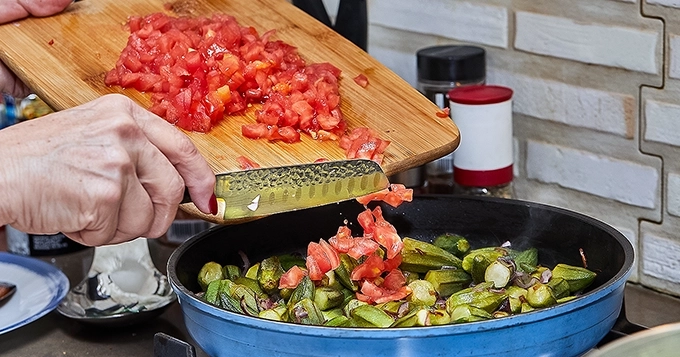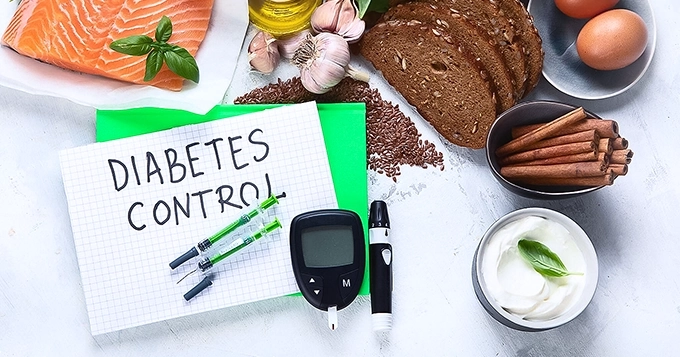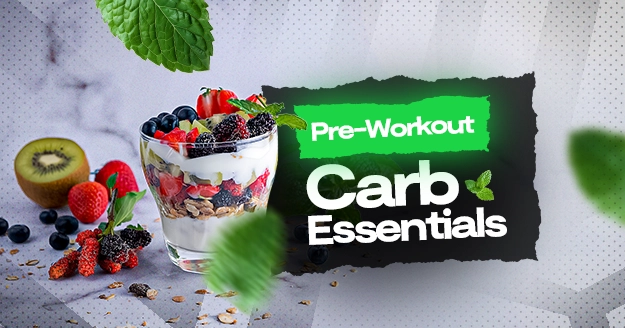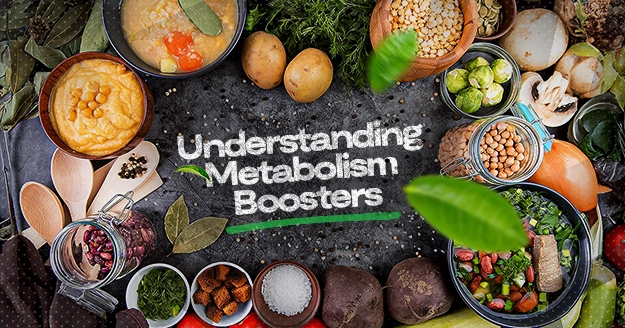Defining Glycemic Index
The glycemic index ranks foods based on their carbohydrate content from 0 to 100, indicating how quickly each food causes a person’s blood sugar to rise.
High-GI foods can cause a sudden spike in blood sugar, while low-GI food items lead to a more gradual increase.
Understanding the glycemic index not only allows you to be more mindful of the foods you eat but also supports weight management, helps control blood sugar, and promotes healthier cholesterol levels.
GI Score
The GI scores are as follows:
- low GI foods: 55 or less
- medium GI foods: 56–69
- high GI foods: 70 or above
Aiming for an average dietary GI score of around 45 may offer the most health benefits, according to the Glycemic Index Foundation.
This does not mean you should limit your diet exclusively to foods with a GI of 45 or below. Instead, incorporating lower-GI foods can help balance the intake of higher-GI items.
Glycemic Index Chart
What is a low glycemic index?
Lower GI carbs cause your blood sugar to rise less after eating because they digest more slowly in your body. Including lower GI carbohydrates in your diet can help you maintain stable blood sugar levels if you have diabetes. Consuming lower GI carbohydrates can aid in weight management for those without diabetes.
|
Low Glycemic Index Foods List |
|||
|
Fruits |
Veggies | Grains | Dairy Products and Alternatives |
|
Apples |
Artichokes |
Barley |
Cheese |
|
Blueberries |
Bok choy | Oat bran and rice bran cereals | Plain yogurt |
|
Cherries |
Broccoli |
Sourdough bread |
Skim, low-fat, and whole milk |
| Coconut | Cucumbers | Wheat tortilla |
Soy milk and yogurt |
|
Dried apricots |
Eggplant |
Whole grain pasta |
|
|
Grapefruit |
Green beans and green peas |
Whole wheat kernels |
|
|
Oranges |
Greens (spinach, kale, collards) |
Whole-grain pumpernickel bread |
|
|
Peaches |
Mushrooms |
||
|
Pears |
Onions |
||
|
Plums |
Peppers (bell peppers, jalapenos, serrano, etc.) |
||
|
Strawberries |
Tomatoes |
||
| Under-ripe banana | Zucchini | ||
What is a high glycemic index?
Foods with high glycemic index are those with a GI score of 70 and above. Foods with a high glycemic index can be digested and absorbed quickly by your body, which raises blood sugar rapidly. Here is a glycemic index chart for foods with high GI.
|
High Glycemic Index Foods List |
|||
|
Fruits |
Veggies | Grains and Starches |
Beverages, Dairy Products and Alternatives |
|
Overripe Banana |
Carrot (cooked) | Corn flour |
Fruit yogurts |
|
Watermelon |
Parsnip | Corn starch |
Rice Milk |
|
Potatoes |
Cornflakes |
||
|
Pumpkin (boiled) |
Instant white rice |
||
|
Squash caviar |
Millet |
||
|
Turnip (boiled) |
Rice flakes |
||
|
Risotto |
|||
|
Sorghum |
|||
| White bread | |||
You can use this glycemic chart when planning your meals to support your weight management goals. However, it is crucial to remember that a food’s GI is only an estimate. A food’s GI might vary depending on a few factors.
Factors that Affect the GI of Food
- Processing typically increases a food’s GI. Fruit juice, for instance, usually has a higher GI than whole fruit.
- GI tends to rise during cooking. Pasta cooked al dente, or to a firm texture, has a lower GI than pasta cooked with a softer consistency.
- Riper foods also tend to have a higher GI. For instance, the GI of a banana will get higher as the banana ripens.
According to a 2007 study, the following factors also affect the GI of foods:
- anti-nutrients in the food (substances that can block the absorption of nutrients)
- fiber content
- macronutrient content, including protein and fat
- the physical form of the food
- types of sugar and starches
Glycemic Index Impact on Weight Management
Low-GI foods offer a smart and sustainable approach to weight management. Here are three ways the glycemic index impacts weight management:
Impact on Hunger and Satiety
Foods with a high glycemic index can make you feel hungry soon after eating due to the rapid spike and subsequent drop in blood sugar levels. This leads to cravings for more food and overeating, making weight management a challenge.
On the other hand, low-GI foods can give a more sustained release of energy, which allows you to feel fuller for longer periods. This reduces your likelihood of overeating.
Influence on Energy Levels and Exercise
Maintaining a stable level of blood sugar is vital for sustaining energy levels throughout the day, especially during physical activity. High-GI foods can cause energy spikes and crashes, making maintaining a consistent exercise routine challenging. Conversely, consuming low-GI foods before exercise can provide a steady source of energy, enhance performance, and support weight management goals.
Role in Insulin Regulation
Another way the glycemic index impacts weight management is through its effect on insulin levels. High-GI foods trigger a sharp increase in insulin production, which can lead to insulin resistance over time.
Insulin resistance contributes to weight gain while also making it harder to lose weight. This is why it is essential to choose low-GI foods to help regulate insulin levels and support metabolic health.
The Connection Between Glycemic Index and Metabolism
Let’s first review the definition of metabolism to better understand how it relates to the glycemic index. In a nutshell, metabolism is the complex series of chemical reactions inside your body to transform food into energy. There are 2 main parts to it.
- Catabolism: This process involves breaking down larger molecules into smaller ones, releasing energy. It’s akin to the body’s energy-producing engine.
- Anabolism: Conversely, anabolism builds larger molecules from smaller ones, requiring energy input. It’s responsible for tasks like cell repair, growth, and hormone production.
Now, how does the glycemic index fit into this metabolic puzzle? Here’s how the GI impacts metabolism:
- Fat Storage vs. Fat Burning: Especially when consumed in excess, high-GI foods can promote fat storage by triggering insulin release. On the other hand, low-GI foods promote fat burning by providing a more stable energy source and reducing the likelihood of insulin spikes associated with fat storage.|
- Blood Sugar Regulation: When you consume high-GI foods, your body experiences a sudden surge in blood sugar levels. In response, the pancreas releases insulin to help shuttle glucose into cells for energy or storage. However, this rapid rise and fall in blood sugar can disrupt metabolic balance, leading to energy and hunger fluctuations.
- Energy Expenditure: Research suggests that consuming low-GI foods may enhance metabolic rate compared to high-GI foods. This is partly attributed to the sustained release of glucose into the bloodstream, which allows for a steady energy supply without causing spikes and crashes.
Practical Applications
So, how can you leverage this knowledge to support your metabolism and overall health?
- Balanced Meals
Create balanced meals that include a combination of low-GI carbohydrates, lean proteins, and healthy fats. This helps stabilize blood sugar levels and optimize energy metabolism.
- Smart Snacking
Choose snacks with a low glycemic index to keep your metabolism humming between meals. Options like nuts, seeds, Greek yogurt, and fruits can provide your body with sustained energy without causing blood sugar spikes.
- Mindful Eating
Pay attention to portion sizes and the quality of carbohydrates you consume. Opt for legumes, whole grains, and fibrous vegetables, which tend to have a lower GI and offer additional nutritional benefits.
Are low-GI foods always a healthy choice?
GI isn’t the sole consideration when selecting nutritious foods.
Some low-GI foods, such as chips, chocolate, and ice cream, digest slowly due to their high content of unhealthy fats, including saturated fats.
When making healthy food choices, you can always reference the glycemic chart but note that evaluating the overall nutritional profile of a food is more crucial. Several key factors to weigh include:
- added sugar
- dietary fiber content
- saturated fat content
- sodium (salt) content
- the total kilojoules
Additionally, it’s essential to keep in mind that even low GI foods should be consumed in moderation to maintain a balanced diet.
